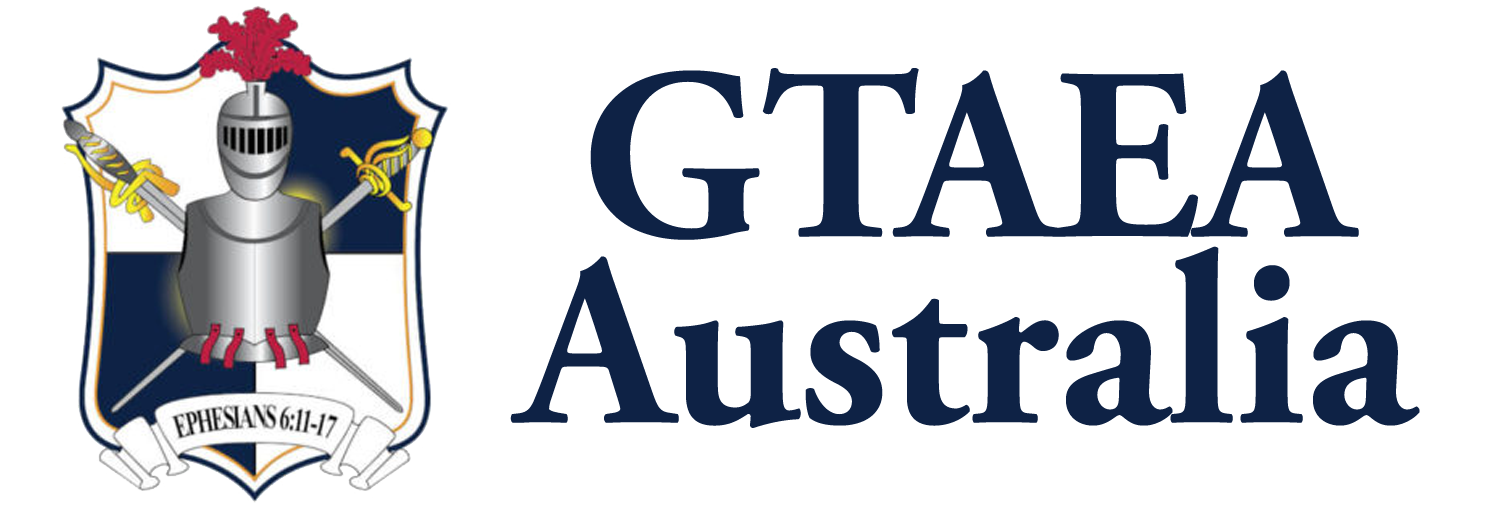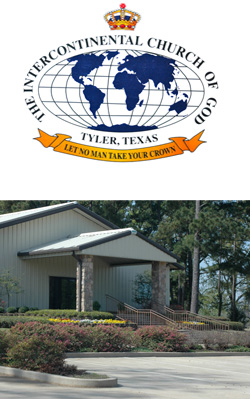Hiding More Than Eggs
by Jim Josephsen
Oh, the joy of Easter celebrations. Varied these days, ranging from sunrise worship services or church attendance for those more faithful to the sanctity of Easter; to Easter brunches and family gatherings, Easter ham dinners, Bunny parades, and not to be neglected, Easter egg hunts, be they at church, a neighborhood park, at home or on the White House lawn.
It is not uncommon these days to spot some type of signage, a poster board or banner in front of a church announcing the date and time of the Church’s sponsored Easter egg hunt. No greater inducement to get the little ones to come to church than the excitement and merriment generated by hunting for eggs. Easter Sunday; practically every Christian (Catholic and Protestant alike) worth his or her salt, takes note of, observes this most venerated of Christian holidays.
In April 2014, Easter will be observed on Sunday, April 20 and Good Friday, observed a mere two days earlier, on Friday April 18. Both days, along with Holy Thursday, define a sequence of days which are highly revered throughout the Christian world.
The uniqueness of Easter reveals that it will always only fall on a Sunday. Easter, will never occur on a fixed day date on the calendar, as other Christian holidays do; for instance Christmas, Halloween or St. Valentine’s Day.
No doubt those in the Western world, who utilize the Gregorian calendar, are well familiar with the following dates: December 25; October 31 or February 14. However, as for Easter, name a constant calendar date for that day – and of course, you cannot.
Why? Because the date for Easter can only be ascertained through a formula, a calculation. And what might that formula be?
Easter must only occur on a Sunday, which for any given year will be the first Sunday after the first full moon after the vernal equinox.
The Council of Nicaea (A.D. 325) established by decree that Easter must occur on the first Sunday following the Paschal Moon that falls on or after the vernal equinox. Absolutely necessary in the Easter formula, the Paschal Moon is and only can be the first full moon which occurs after the spring equinox. Also called the Egg Moon, the paschal moon sometimes occurs in March and sometimes in April, but will always be the first full moon after the vernal equinox. Consequently, Easter will fall on any Sunday between March 22 and April 25 of the Gregorian calendar (as observed by Roman Catholics and Protestants alike).
Why was there a need to calculate the observance of Easter?
A calculation as oppose to a fixed date was necessary for one important reason. The early church fathers knew that the proper observance of Easter required a connection with or correlation to the Jewish Passover. As oral tradition provided and the scriptures taught, the death and burial of Jesus occurred on the Passover day, which is the 14th day of the first month of the sacred or Jewish calendar. Consequently, Christ’s resurrection; Easter Sunday as the early church fathers contrived; had to be celebrated subsequent to the Passover. The early church fathers recognized a Passover first, then the Easter sequence had to be maintained.
However, the Passover first, then Easter next sequence will not always happen. Notice, in 2016, Easter will fall on March 27, which is the first Sunday after the first full moon (which occurs on March 23/24), after the vernal equinox (March 21). In 2016, Easter will occur only 6 days after the vernal equinox. This date for Easter is made possible by the Council’s formula.
But Easter falling on March 27, does not stay true to what the early church fathers taught should occur; Passover first, then Easter. In 2016, Easter will occur some 27 days before the Jewish Passover, which will occur on April 23. Easter in 2016 will not occur subsequent to or after the Passover. Easter will fall outside of the logical sequence that was devised by the church fathers of the second to fourth centuries. Why?
It is thanks to the Council of Nicaea and its desire to remove all Jewish influence from the church.
In their Easter formula, which became church doctrine, the Council of Nicaea made certain the word paschal was used and not the word Passover, when referring to the full moon. The Council of Nicaea made certain that Jewish influence would not take precedence when it came to the church and Easter doctrine. The Council at that time was desperate to separate the church from the prominence and significance of the Passover and from any perceived Jewish activity, such as the seventh-day Sabbath and the Holy Days (as found in Leviticus 23). The Council of Nicaea took bold strides to eradicate the truth of God’s Holy Sabbaths and Feast days, which the church had been keeping in the 1st century, which were taught by the Apostles and Jesus Christ himself. The Council needed to conceal the truth of the sequence of events that were relevant to the Lord’s Supper, the Passover, the Days of Unleavened Bread and the death and resurrection of Jesus Christ. Doing so, because all these events had specific ties to Jewish history as correlated to Christological significance.
The Church of God, prior to the Council of Nicaea knew and taught that Jesus Christ died on the day that the Passover lamb was slain, the 14th day of the first month of the Jewish calendar. They knew he was placed in the tomb at the setting of the sun on the 14th day of the first month, just prior to the 15th day of the first month. They knew the full moon that night (on the night of, the beginning of the 15th day of the first month, the holy day called the First Day of the Feast of Unleavened Bread, or as also called the Passover (cf. Luke 22:1 and John 13:1; 18-28)), was the Passover full moon. The church and the early church fathers recognized the Jewish Passover full moon – not a contrived paschal moon. The Jewish Passover full moon does not always and only occur as the first full moon after the vernal equinox. The Passover full moon will occasionally occur as the second full moon after the vernal equinox, which in 2016, it will be.
As there still existed many converts in the fourth century, many Christians who observed the seventh-day Sabbath and the Holy Days and acknowledged the Passover, it was the decision of the Council of Nicaea to separate out all that pertained to Jewish days including the proper sequence of the death and resurrection of Christ. One way of doing this was to squeeze out the idea of the Passover in association with their Easter, resurrection day. And they were successful doing what was necessary to hide the truth by fabricating history and obfuscating the facts. The Council of Nicaea did not want anything Jewish to be connected to Easter or the Universal (Catholic) Christian church.
There is ample evidence available today that can be read or viewed relating to the true origins of Easter. Just as with Christmas or Halloween, the facts supporting the pagan origins of these Christian holidays are plain and obvious, easily obtainable.
Easter appropriated the story of Jesus Christ’s resurrection. Beyond borrowing this historical fact, Easter contains no scriptural truth and no factual truth pertaining to the actual day on which Jesus Christ was resurrected.
Easter contains no truth pertaining to the day God set aside as the day of rest and the day he requires one to worship Him. Jesus Christ is Lord of the Sabbath (the seventh day of the week), which Sunday (the first day of the week) is not. To call Easter and all subsequent Sundays the Lord’s Day is a doctrine that cannot be found or supported by the Bible. The origins of Sunday worship and Easter point directly to pagan sun worship going back to Egyptian cults.
As quoted from the Catholic Encyclopedia, (Vol V, page 224) regarding Easter: “The English term, according to Ven. Bede (De temporum ratione, I, v) relates to Eostre, a Teutonic goddess of the rising light of day and spring…”
Alexander Hislop in his book, The Two Babylons, on page 103, informs us of the following: “Then look at Easter. What is the meaning of the term Easter itself? It is not a Christian name. It bears Chaldean origin on its very forehead. Easter is nothing else than Astarte, one of the titles of Beltis, the queen of heaven, whose name, as pronounced by the people of Nineveh, was identical with the now common use in this country. The name as found by Layard (cf. Nineveh and Babylon, Page 629) on Assyrian Monuments is Ishtar.”
Consider now, “How then, we ask, did the custom [of Easter] come to be associated with Christianity? Its adoption into the Romish “church” is but further evidence of the great compromise that was made with paganism – a compromise to gain popularity with both sides! As when other rites were adopted by the ‘church’, apostate leaders attempted to find some similarity between the pagan rite and some Christian event; so in this case it was suggested that as the chick comes out of the egg, so Christ came out of the tomb! Thus the fallen leaders – void of God’s Holy Spirit – told the people that the egg was a symbol of the resurrected Christ” (Babylon Mystery Religion – Ancient and Modern by Ralf Woodrow). Just one more example of the direct connection Easter activity has with paganism.
Easter hides more than eggs. Easter masks the truth of the only sign Jesus Christ gave of His Messiahship. He would be three days and three nights in the tomb, so he said as proof that he is the Christ (cf. Matthew 12:40). Jesus Christ died on Passover day, the 14th day of the first month, which was mid-week, a Wednesday of that year. He was resurrected on a Sabbath, some 72 hours, three days and three nights later. When one looks at the traditional Good Friday Easter Sunday time sequence, one can only obtain some 39 hours or 2 nights and 1 day of time Christ would have been in the tomb. By any stretch this short time is hardly the 72 hours, three days and three nights required of and prophesied by Christ.
The scriptures give witness as the stone was already rolled away, the tomb was already empty, Jesus had already risen before Mary Magdalene arrived, early in the morning, while it was yet dark (cf. John 20:1).
Hiding more than eggs, Easter eclipses the reality that the Church of God kept the Holy Days of Leviticus 23, and in particular the Passover related Holy Days, and by doing so, kept to the proper sequence of events which Jesus Christ observed and taught His disciples. Easter hides the vitally significant sequence of the Lord’s Supper, the Passover and the Feast of Unleavened Bread. Easter is yet one more day that hides the truth of God and the marvelous understanding of salvation through Jesus Christ.

